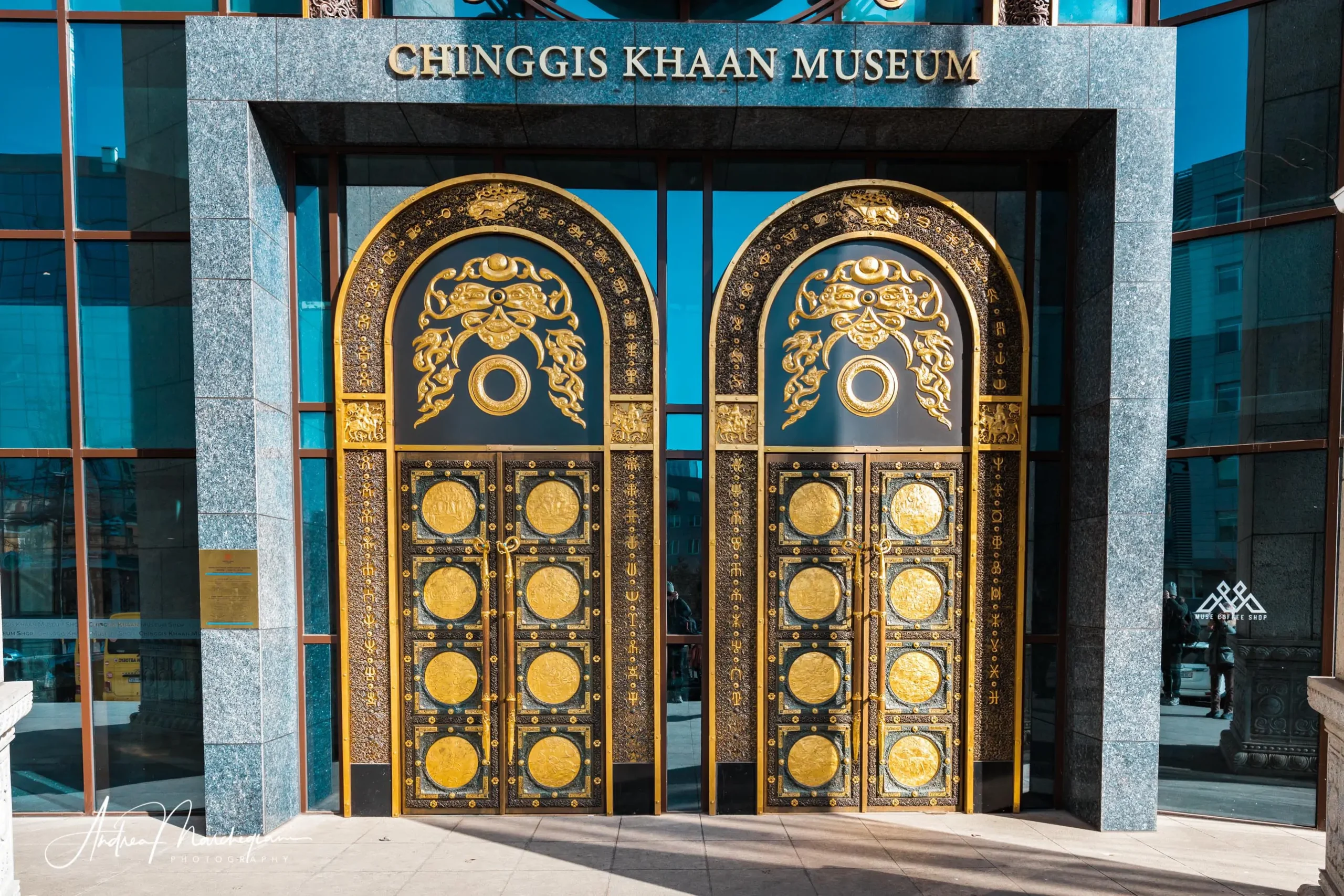
- Home
- Photo Galleries
- Portrait Photography
- Landscape Photography
- Street Photography
- China
- Ethiopia
- India
- Holy Ganges
- Varanasi
- Varanasi Ganga Aarti
- Varanasi, Manikarnika Ghat
- Varanasi Streets & Alleys
- Varanasi Demolition
- Varanasi Fruit Market
- Sarnath
- Brick Kilns
- Tamil Nadu, Chennai & Mamallapuram
- Tamil Nadu, Fort Tirumayam & Madurai
- Tamil Nadu, Tiruvannamalai & Thanjavur
- Kerala, Munnar
- Kerala, Peryiar
- Kerala, Backwaters
- Kerala, Kochi
- Kazakhstan
- Myanmar
- Senegal
- Uzbekistan
- Travel Blog
- China
- Ethiopia
- India
- Tamil Nadu & Kerala
- Varanasi
- Whato to do in Varanasi
- Varanasi Life along the Ghats
- Varanasi Death along the Ghats
- Varanasi Ganga Aarti Ceremony
- Varanasi demolished to honor Shiva
- Varanasi Fruit Market
- “Varanasi, A Journey into the Infinite”
- Sarnath
- All about River Ganges
- Holy Shit. All about Indian Cow Dung
- Clean India Project
- Brick factories
- Tilaka, pundra, bindi: what is the mark on Indian foreheads?
- Kazakhstan
- Mongolia
- Ulaanbaatar, the coldest capital in the world
- What to do in Ulaanbaatar
- Chinggis Khan Museum, 6 floors of Mongolian history
- Gorkhi-Terelj National Park and Bodgkhan Natural Reserve
- Altai Mountains, Things to do in Olgii and Sagsai
- Living with the Eagle Hunters
- Sagsai Eagle Festival
- Navrus Festival
- Xöömej, Mongolian throat singing
- Mongolian Food
- Myanmar
- Senegal
- Uzbekistan
- Latest Posts
- Photography Blog
- About
- Prints
You can’t visit Mongolia without going through its capital, Ulaanbaatar. And it’s important to figure out its dynamics to understand the whole country. Ulaanbaatar is considered the ugliest, coldest and the third most polluted capital in the world. It makes you want to stay away from it, doesn’t it?
But is it really so? Does it make sense to spend a few days visiting it, or is it better to prefer other destinations? Here are my thoughts after spending here 3 days in March, during the last winter frosts. Here is how Ulaanbaatar looks through the privileged point of view of one of its citizens, my excellent guide Sanjaa.
Share with your friends:
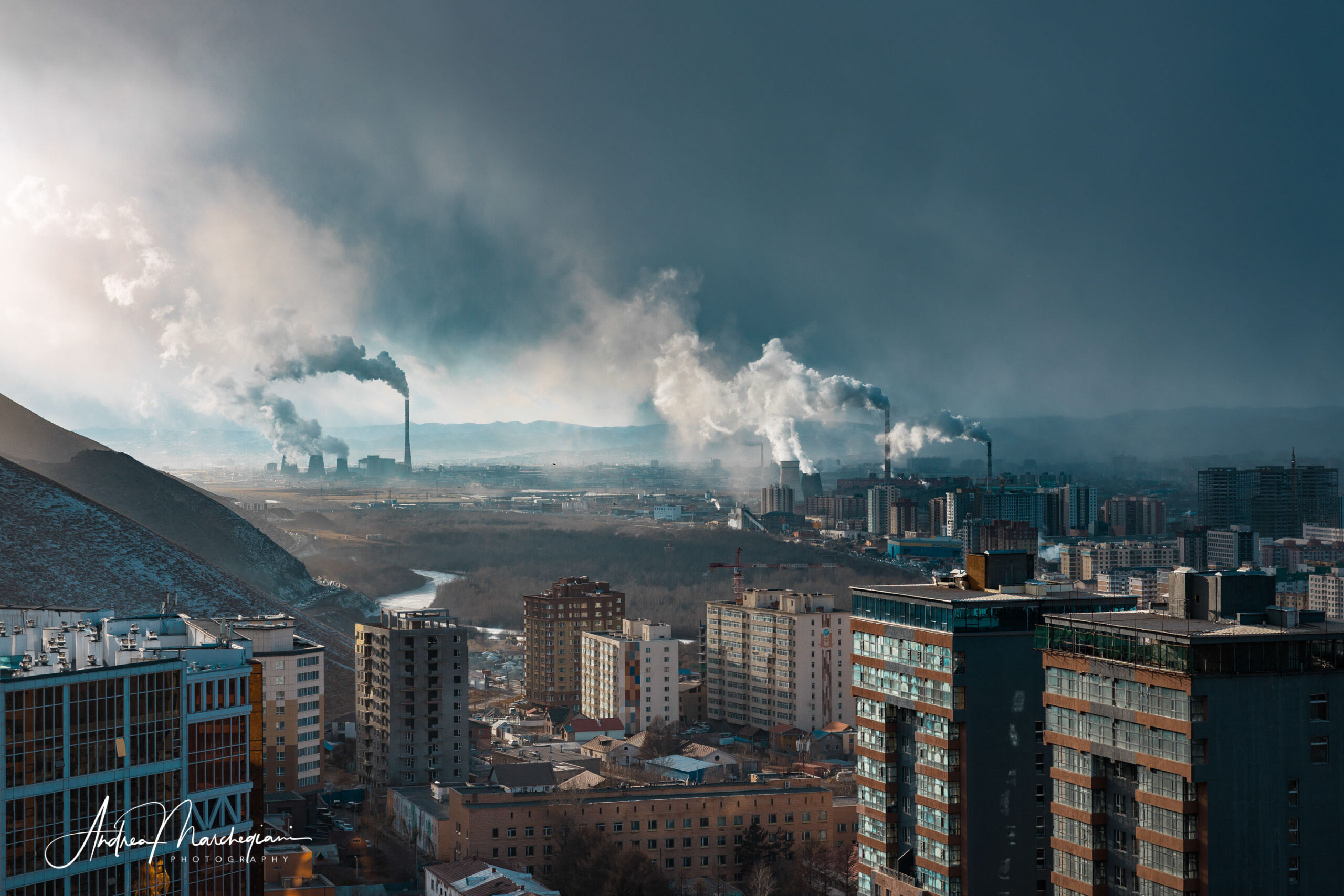
Is it recommended to visit Mongolia in winter?
Tour guides openly advise against visiting Mongolia in winter. The climate is harsh, with temperatures well below zero, and domestic flights can suffer considerable delays due to snowstorms. The Mongolian steppes, bucolic and green in summer, appear brown, streaked with ice, without trees to restrain the lashes of the sidereal winds.
In these conditions, no itinerary is safe and most tourist facilities close. Winter in Mongolia is the ideal time to rest, safe in the warmth of one’s home, waiting for next spring to come, almost of physical and psychological hibernation.
Nevertheless, the idea of visiting Mongolia out of the tourist season and get an unusual, sincere, authentic insight of it has always fascinated me and when I am offered the idea of spending a few days lost in the Altai mountains as a guest of an Eagle Hunters’ family, I can not resist the temptation and accept!
Mine is an unusual itinerary, more difficult and harsh than the summer one, but definitely more folkloristic. I attend the Olgii Navrus Festival, which celebrates the arrival of spring with a city parade attended by the Mongolian president himself; I witness the first March edition of Sagsai’s Eagle Festival, which is usually held in October; finally, I live for a few days in a ger, the typical Mongolian felt circular tent. I keep up with the harsh night temperatures, with peaks of minus 15 degrees, curled up in 3 sleeping bags and taking turns to keep the coal stove on!
What can I say? I’m a lucky guy!
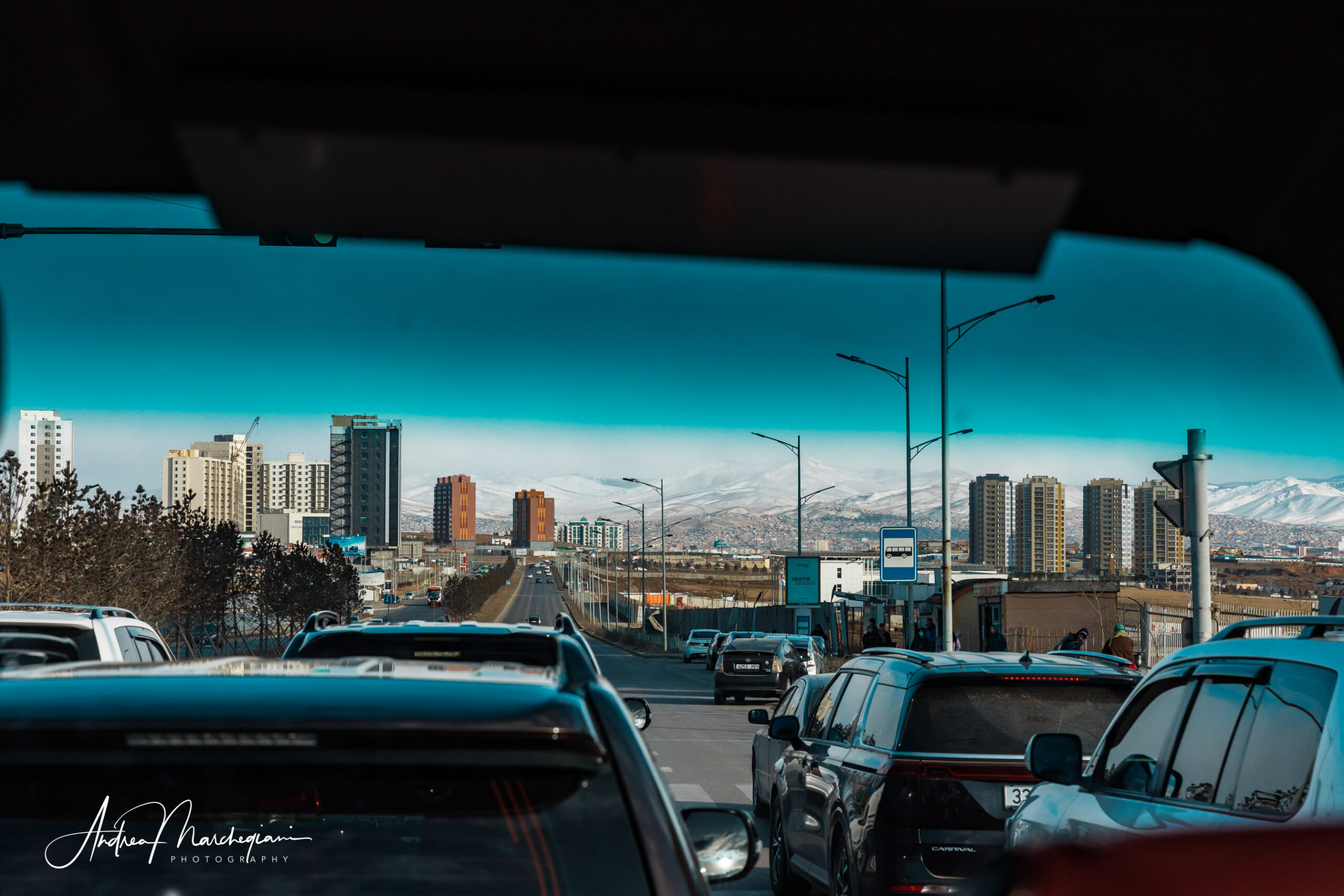
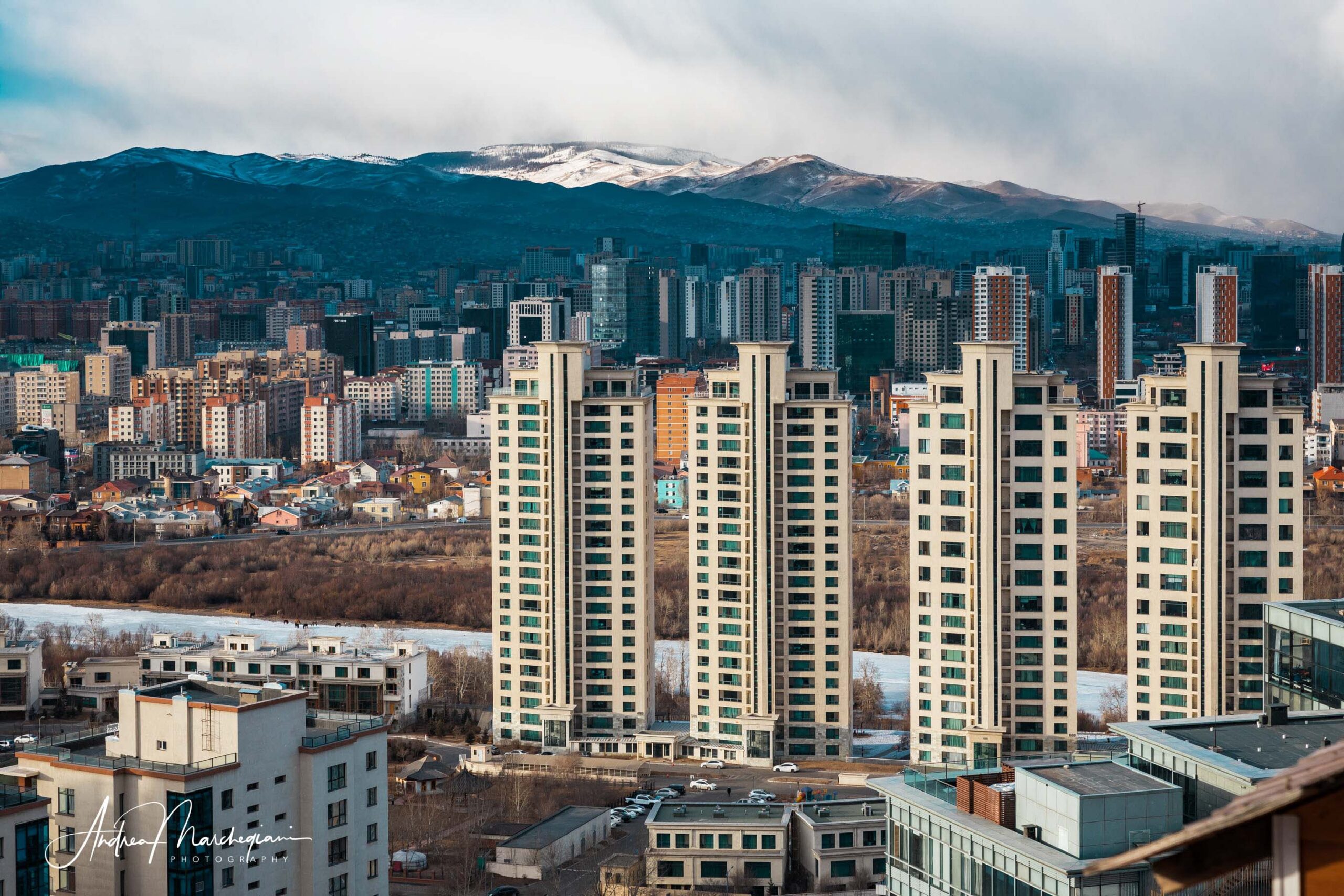
Forced to visit Ulaanbaatar
As I get to Mongolia, I am forced to stay a few days in Ulaanbaatar. The internal flight to Olgij, in fact, leaves only twice a week, that is, in two days. The same will happen on my return, so I will stay in the capital almost 4 days in total.
Given the reputation of the city, I’m not very excited about the idea of staying here for this long but what at first glance seems like wasted time is actually the best possible approach to Mongolian culture and lifestyle.
Everything about Ulaanbaatar is unique – its history, its location, the lifestyle it requires.
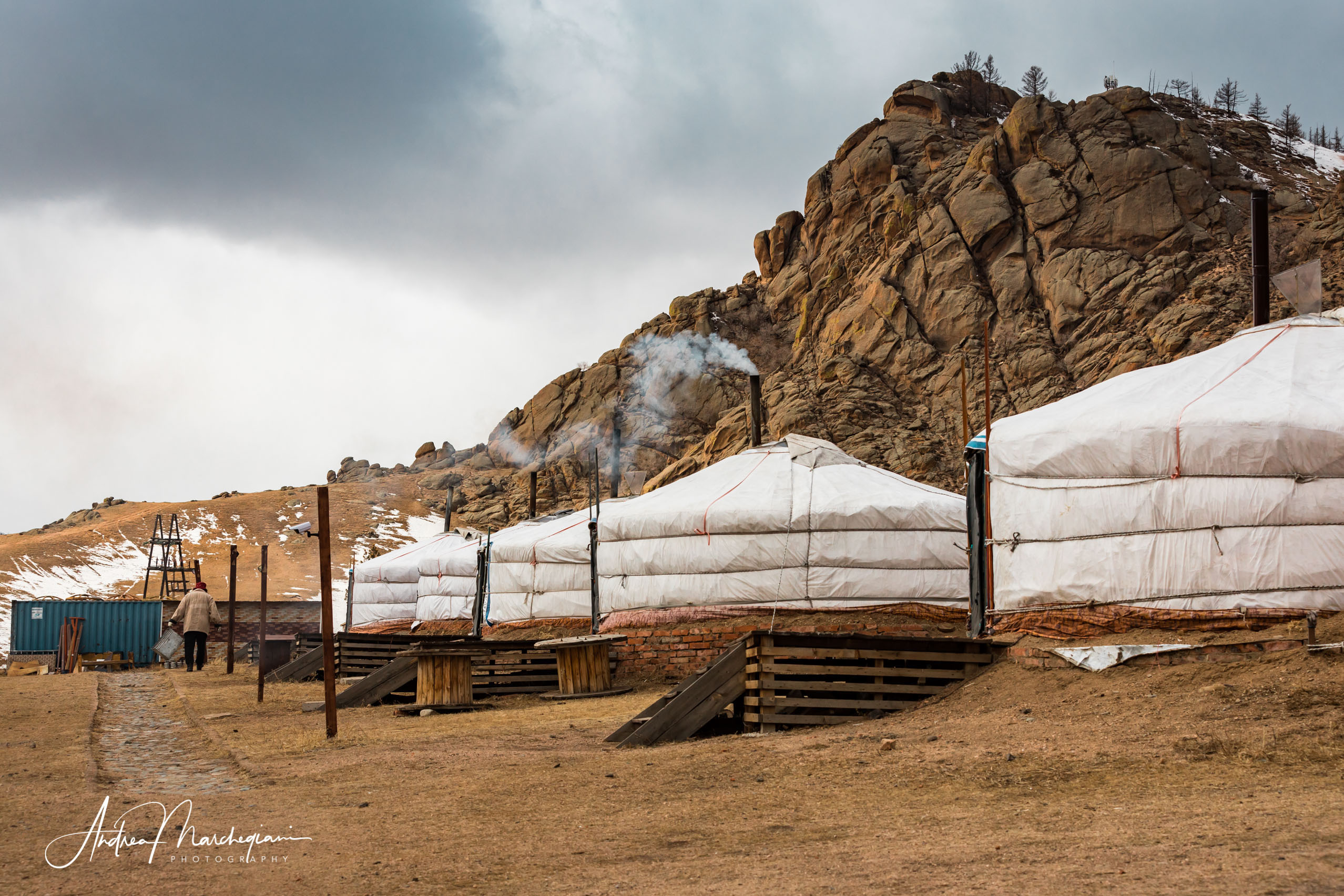
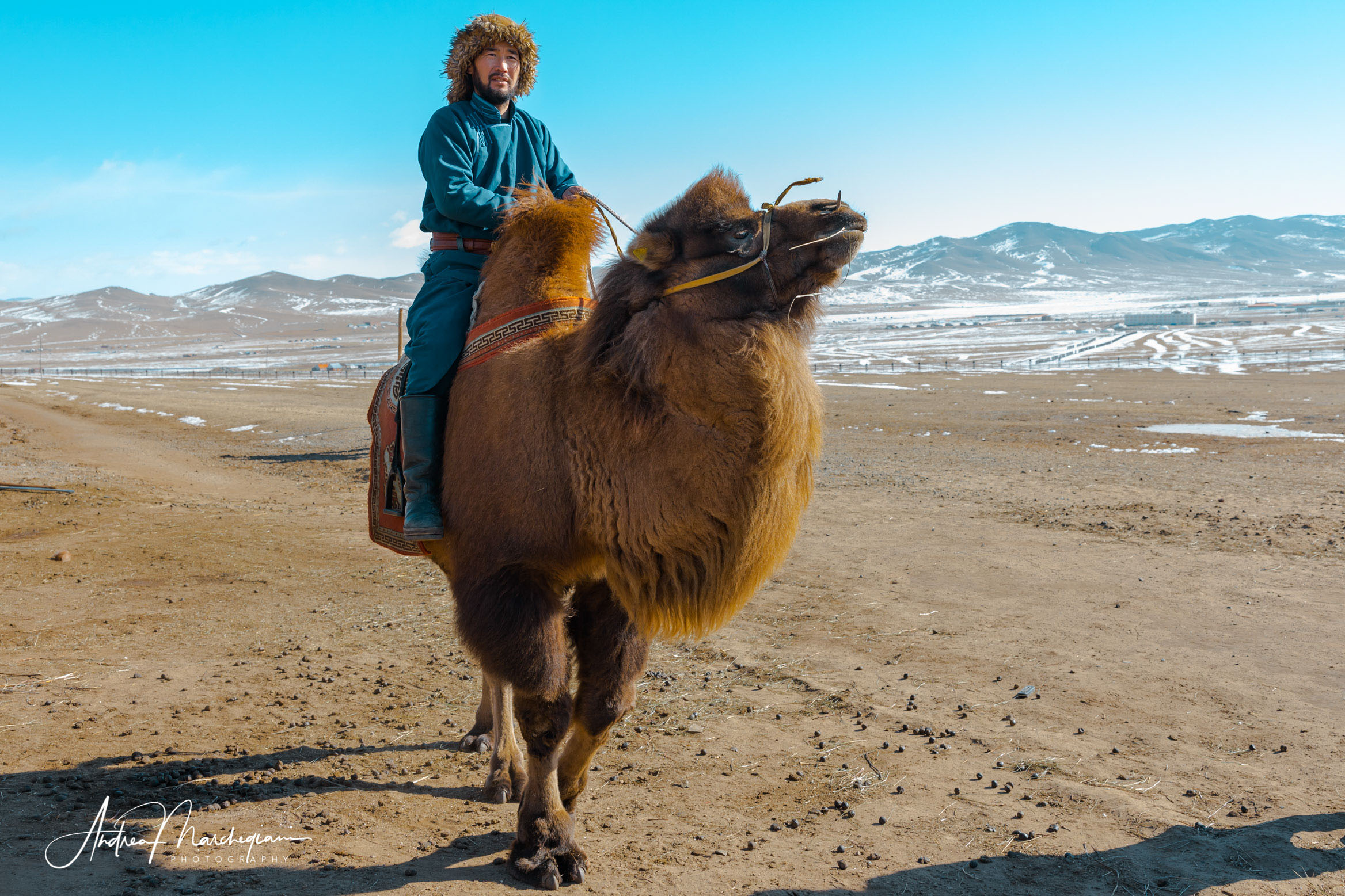
Ulaanbaatar, a nomadic capital
Ulaanbaatar is the most populous city in Mongolia. In fact, we could say it is the only real city in the country, at least according to European standards. Here lives 45% of the Mongolian population, which in all counts just 3.4 million people.
To make a comparison, Rome is inhabited by about 2.8 million people, which become 4.4 million if you count its metropolitan area. A remarkable difference, which helps us in the comparison but which should not surprise, considering that Mongolia is the sixth most depopulated country in the world.
Evidence of Ulaanbaatar as the capital of Mongolia dates back to at least 1600. But it was not always called Ulaanbaatar and it was not always where it is today. Mongolia’s capital has been a nomadic city for centuries.
It existed with the strength of an ideal in Mongolian imagination, but it changed its name when it moved and it moved often, several times a year, whenever the cattle needed new pastures. The gers were dismantled, transported and reassembled elsewhere. After all, nomadism is the heart of Mongolian culture and it is still practiced by about 30% of the population.
In 1778, the capital was placed in its present location, in a basin at the foot of Bogd Han sacred mountain. Protected from the winds and washed by the river Tuul, it took the name “City of felt” – at least until 1924, when the Russians gave it its current name, Ulaanbaatar ( Red Hero), in honor of communism.
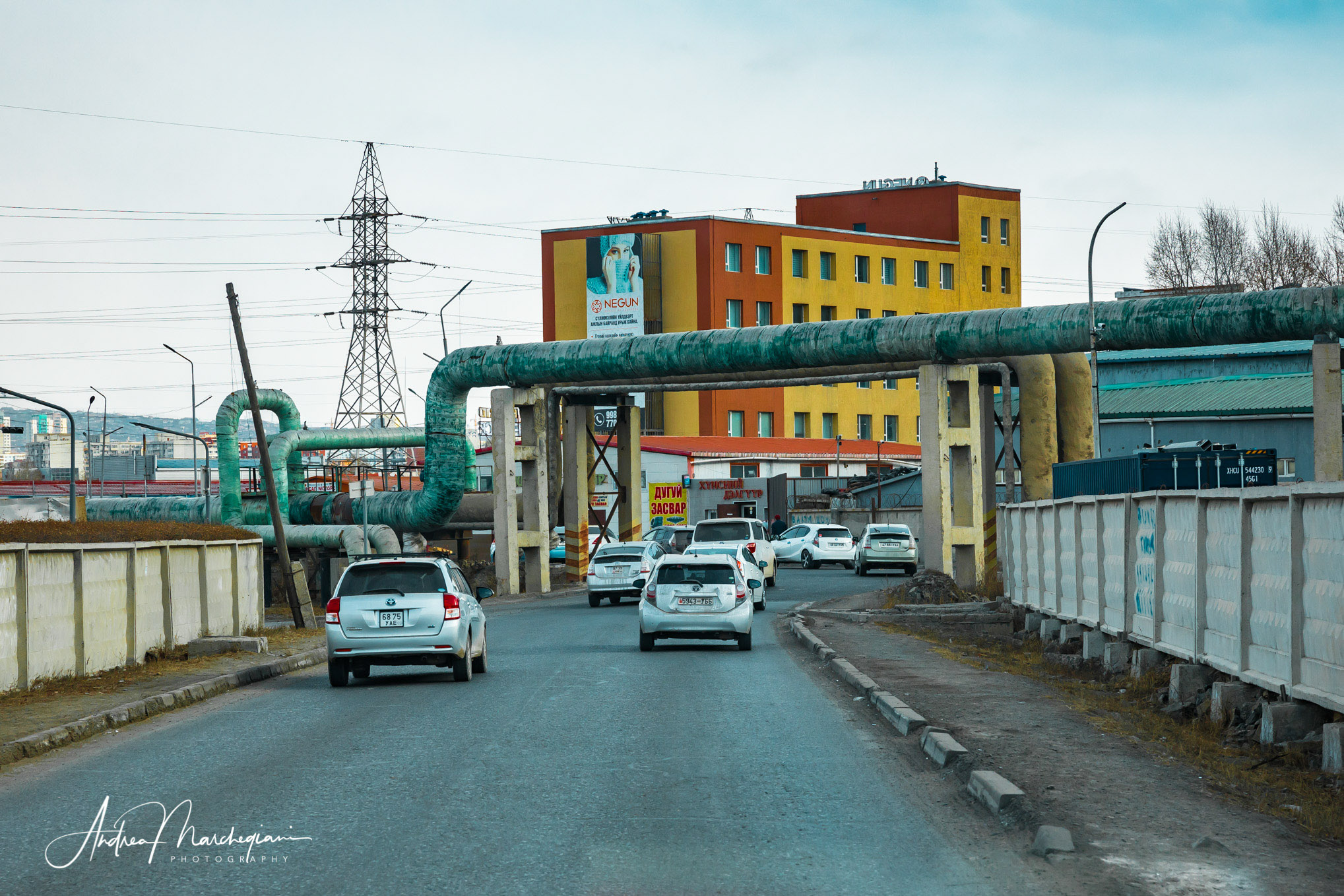
Ulaanbaatar, the ugliest capital in the world
Beginning in 1940, the Soviets began to build the city in typical Russian style, destroying the monasteries and pre-existing houses and replacing them with buildings without identity and color. Ulaanbaatar thus left behind centuries of myths and legends to succumb to the sad Soviet urban planning.
However, thousands of shepherds, still tied to the ancient national traditions, continued to camp around the popular districts. The vast expanses of gher gather at the city limits and creep into the city center, making Ulaanbaatar a dual environment, both fixed and mobile, both modern and ancient, poorly conceived and not integrated.
In recent decades, modern skyscrapers have also emerged, such as the Blue Sky, a hotel structure in the form of a sail, which recalls modernity or at least tends to it, making Ulaanbaatar three times schizophrenic.
The title of “ugliest capital in the world” is also guaranteed by the bright-colored neon lights of many facades, which flicker at night like an impromptu Christmas tree. This last kitsch element is easily recognizable and is not attributable to a Russian influence, but rather to the Chinese one.
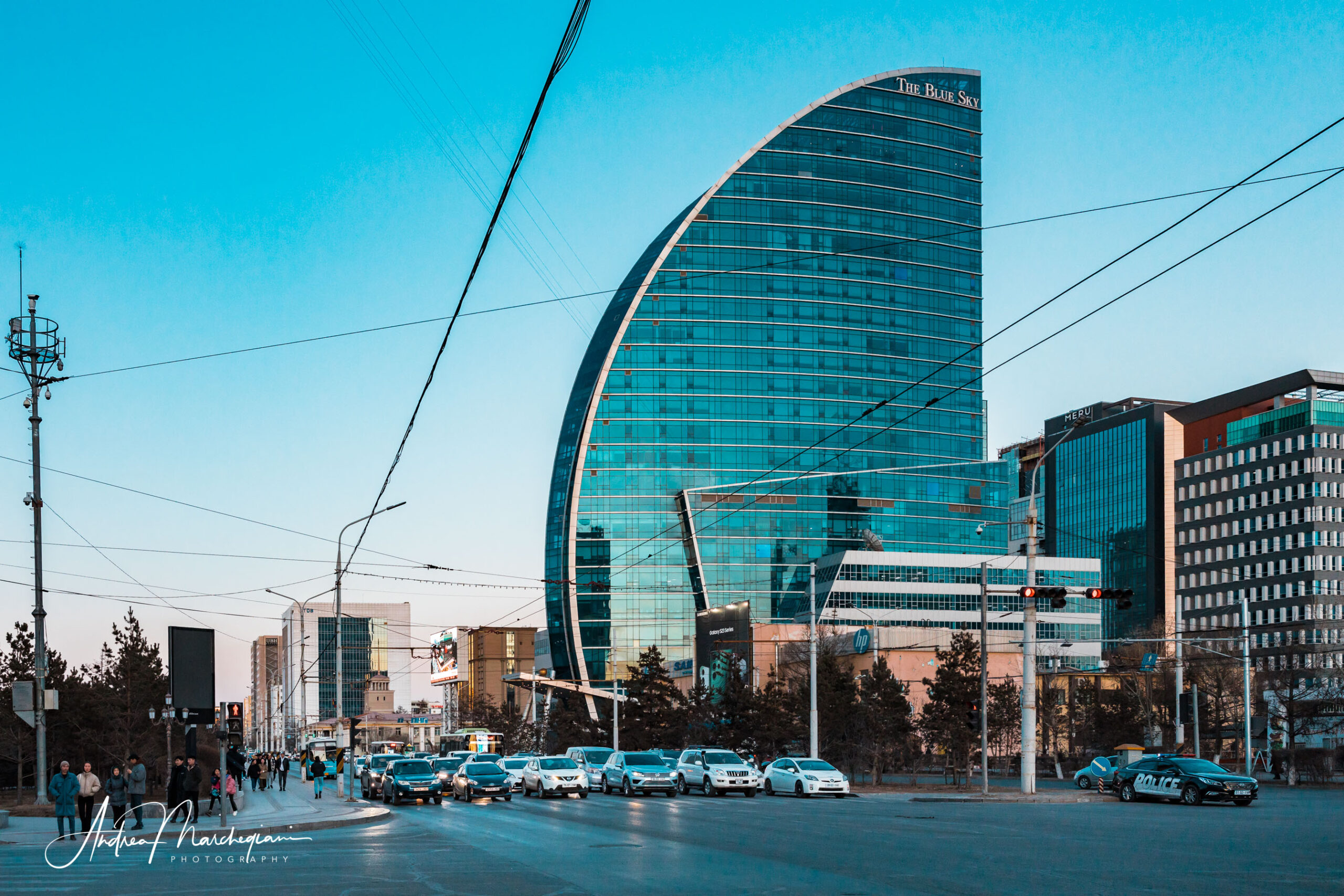
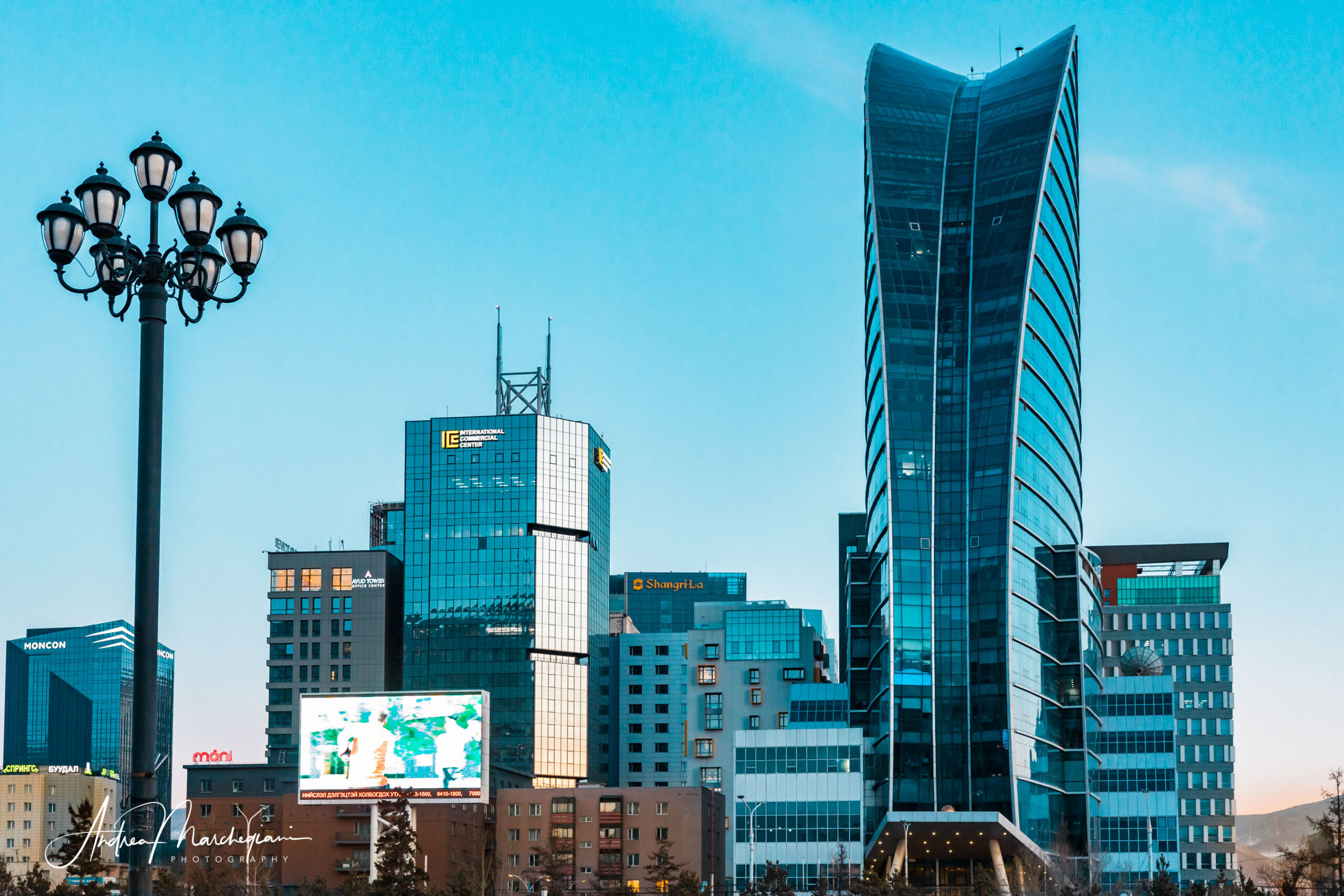
Is Ulaanbaatar really that terrible?
Not at all. As I travel the distance from the airport to the hotel aboard a UAZ, the legendary and indestructible Russian van, Ulaanbaatar looks similar to any other city in the world. It suffers from the very same ailments: traffic jams at all hours of the day; expanses of popular buildings which seem to collide with each other; the international brands’ logos bringing some color to the gray and resigned neighborhoods. All in all, KFC, IKEA and Burger King signs give Ulaanbaator a familiar feel.
Nothing that terrible, therefore, nothing I have not already seen in many Western cities.
On the other hand, Ulaanbaatar surprises me for its cleanliness: no garbage on the roadside, no smelly dumps in the open air, no bonfires to get rid of the trash. It’s like we’re not even in Asia.
Alright. Ulaanbaatar looks low-key, it does not have a recognizable skyline to admire from a romantic viewpoint, but it is certainly not a desolate city.
Walking through its streets you feel safe and the atmosphere is serene, relaxed, cosmopolitan. Shopping malls are stocked and karaoke pubs sprout like mushrooms telling of a population that loves music, singing and spending time together.
I have visited cities which were far uglier, worse conceived and far more dangerous.
I will say more: despite other capitals I have visited, I feel like I could definitely live here, was it not for the deadly cold which by the way has a devastating effect on pollution.
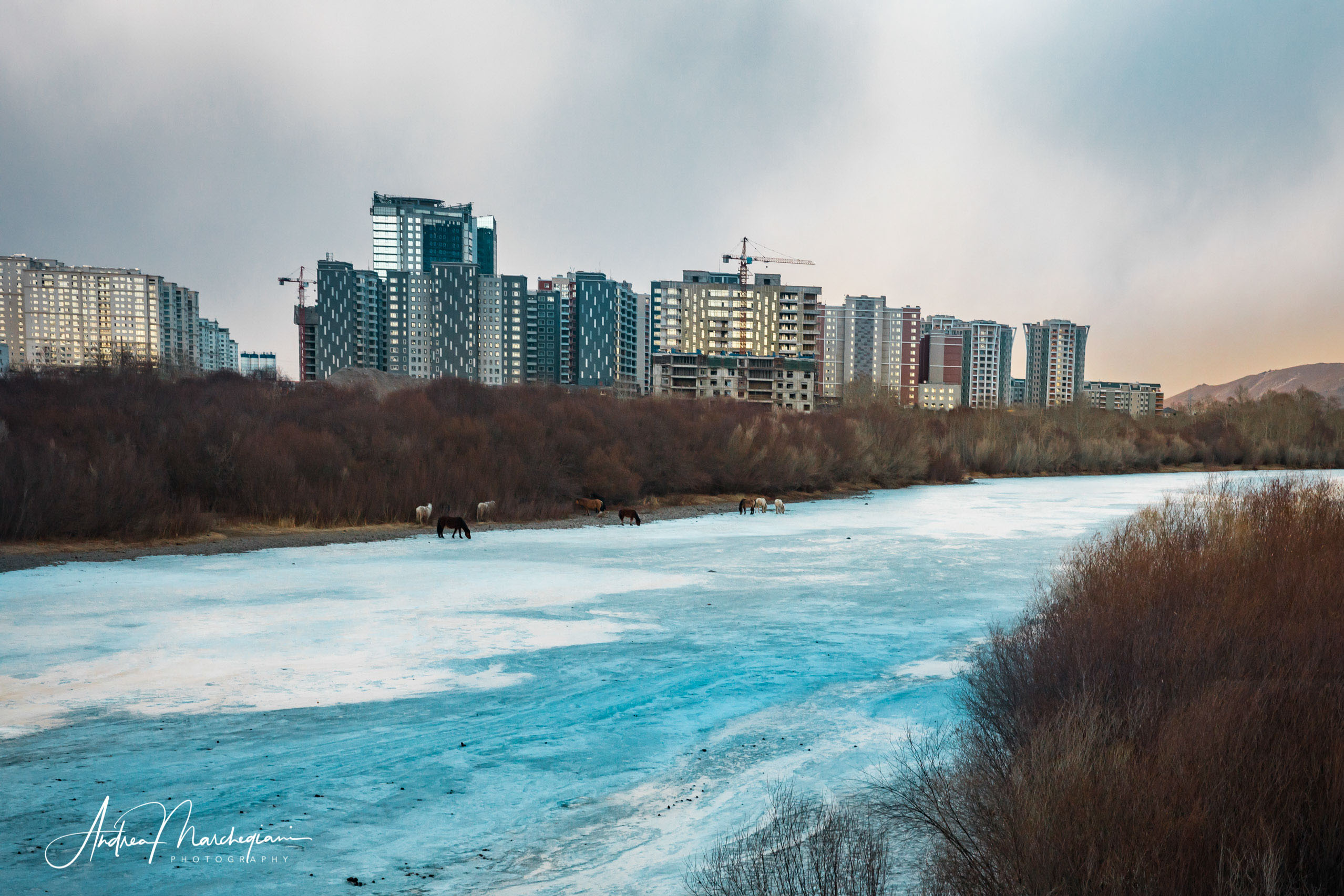
Ulaanbaatar, the coldest capital in the world
Due to its altitude, latitude and distance from the sea, Ulaanbaatar is classified as the coldest capital of the world. From October to April, with temperatures dropping to -40 degrees, you could freeze to death so the Mongolian coal fields are stormed, with disastrous consequences for the environment. Thanks to the air stagnation of the valley, the city is covered with a thick blanket of smog. On the most dramatic days, waste emissions obscure the sun in broad daylight.
In 2018 the air quality in Ulaanbaatar was worse than Beijing’s and the New York Times awarded Ulaanbaatar the third place ( after Riad and New Delhi) as the most polluted city in the world. Fortunately, it all improves in spring, when coal consumption is drastically reduced and the winds sweep away any remaining pollution.
“The problem must be addressed at its root,” explains my guide, Sanjaa, during my first dinner in the city. “The suburbs are crowded with traditional gers, where nomadic shepherds seek protection from winter and many bankrupt breeders now live on state subsidies. The latter have no prospect of improving their lives. Although less than half of the city’s population live in gers, they are responsible for over 80% of the city pollution”.
A solution seems to be at hand: the government has made available to nomads a large number of apartments built in Soviet times and currently uninhabited. But the proposal was met with little enthusiasm.
“People living in gers are mostly unemployed. They do not pay rent for the land they occupy and get food vouchers and free health care. They can make a living without too much worry. If they agreed to move into an apartment, they’d have to pay rent, which would force them to look for a job. But they are lazy, they do not want to change”.
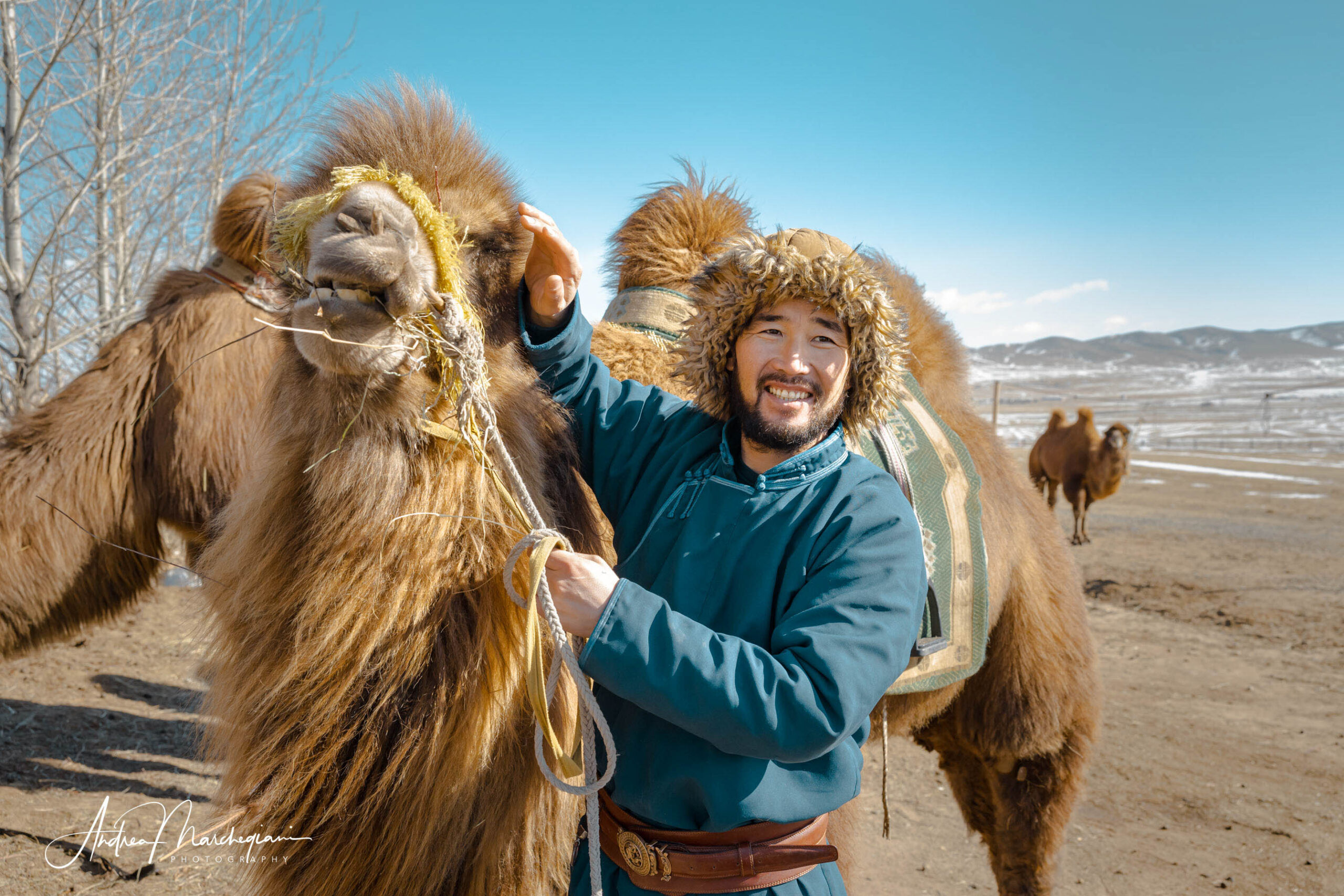
Mongolia after the Soviets
With an intellectual honesty that I can only admire, Sanjaa offers me a timely historical reconstruction of the reasons for this indolent attitude, which seems to be widespread in Mongolia.
“The transition was too fast, the Mongols were reckless. When we declared independence from the Russians, we had no know-how to run the country. Until then everything had been in the hands of the Russians: infrastructure, industries, livestock. Once the Russians were driven out, there was no one left to run the country. It was a disaster. The ensuing chaos produced an unprecedented economic crisis and famine. It took us decades to recover, to train prepared staff and develop the right strategies.
The first Mongol national government attempted to follow the communist path mapped out by the Soviets. In the livestock sector, for example, the Soviets had expropriated cattle from farmers, to redistribute it among all in equal parts. Milk, cheese, meat, wool and leather – everything had to be delivered to the central government in exchange for a fixed salary. Individual initiative was mortified and destroyed; the skills developed by the Mongols in millennia of pastoralism were humiliated and lost.
The first Mongol government decided to return the cattle to the farmers, redistributing it among them in equal parts. However, many breeders proved incapable of caring for them and their animals died. They were left unemployed, lacking life perspective, so they took refuge at the borders of the city”.
Sanjaa’s attitude to the unemployed people is harsh. “Thanks to public subsidies, at the end of the month they manage to scrape together half the salary of an average taxpayer, so they have no motivation to change their lifestyle, but today their number is such as to constitute a serious problem for the state budgets. Abolishing state subsidies is the only way to force them to work, because hunger is the only effective spur. This is not cruelty, but the only possible path not only for Mongolian society but also for the environment. If these people agreed to return to work and live in the apartments they are being offered, city pollution would immediately stop”.
With his availability and frankness, Sanjaa offers me a priceless insight into life in Mongolia. His presence enriches my stay here beyond all expectations. He also speaks excellent English, so he is able to articulate his thoughts in a clear and comprehensive way. I respond just as frankly that we have a similar problem in Italy. It is called Reddito di Cittadinanza and provides state subsidies for the unemployed. The political debate on this issue has been very heated for years, because it is difficult to find a balance between helping the needy without ending up at the mercy of fraudsters and exploiters.
The next morning we start the visit of Ulaanbaatar’s historical sites. As we reach them by car and make our way through the city traffic, I notice numerous chimneys snorting copious clouds of steam. They are coal-fired power plants, working non-stop to heat the inhabitants of the city. I no longer observe them as a stranger, but with the benevolence of an old friend.
I’m finally ready to find out what to see in Ulaanbaatar.
Share with your friends:
Did U read the text????
Read the whole thing. I’ve been to Ulaanbator too with that kind of stereotype about this city, but it ended up feel just the same as every other city I visited in Asia, including my home city Jakarta. The only difference is this place is cold as hell and bc of that I fell into fever for 3 days lol
It seems that your perspective depends on your guide. Of course, it is right to talk about negativity, but it seems he said too much negativity about his hometown
I have checked all facts before writing down the article. You say I talked about too many negative aspects, but I also wrote about positive ones. I also wrote I would definitely go live in Ulan Bator.I loved it!
Ps. There is bad and good everywhere, I am very aware of this.
So you checked the amount of the public subsidies? Did you also check the unemployment rate in Mongolia? It is less than 6%, so very similar to Europe or USA. Poverty is not cause by lazyness., never. Nor in Italy, Mongolia or any other countries. This is just a falacy served by the most fortunates to justify the huge inequality we can all observe: “he deserves to be poor because he is lazy”. “He deserves to have the GDP of a whole country in his bank account because he is so smart and hard working”. Mongolia is rich of its resource and its educated youth. Everyone could have a decent life but the resources are plundered by foreign companies that corrupt politicians. Calling for abolishing state subsidies when it can be -40C in winter is just a call for murder.
The title is very condescending and is putting down an already not well known country. Even though the article may speak of the capital and country in a positive light, what people see first is the title. It is not coherent and frankly ignorant.



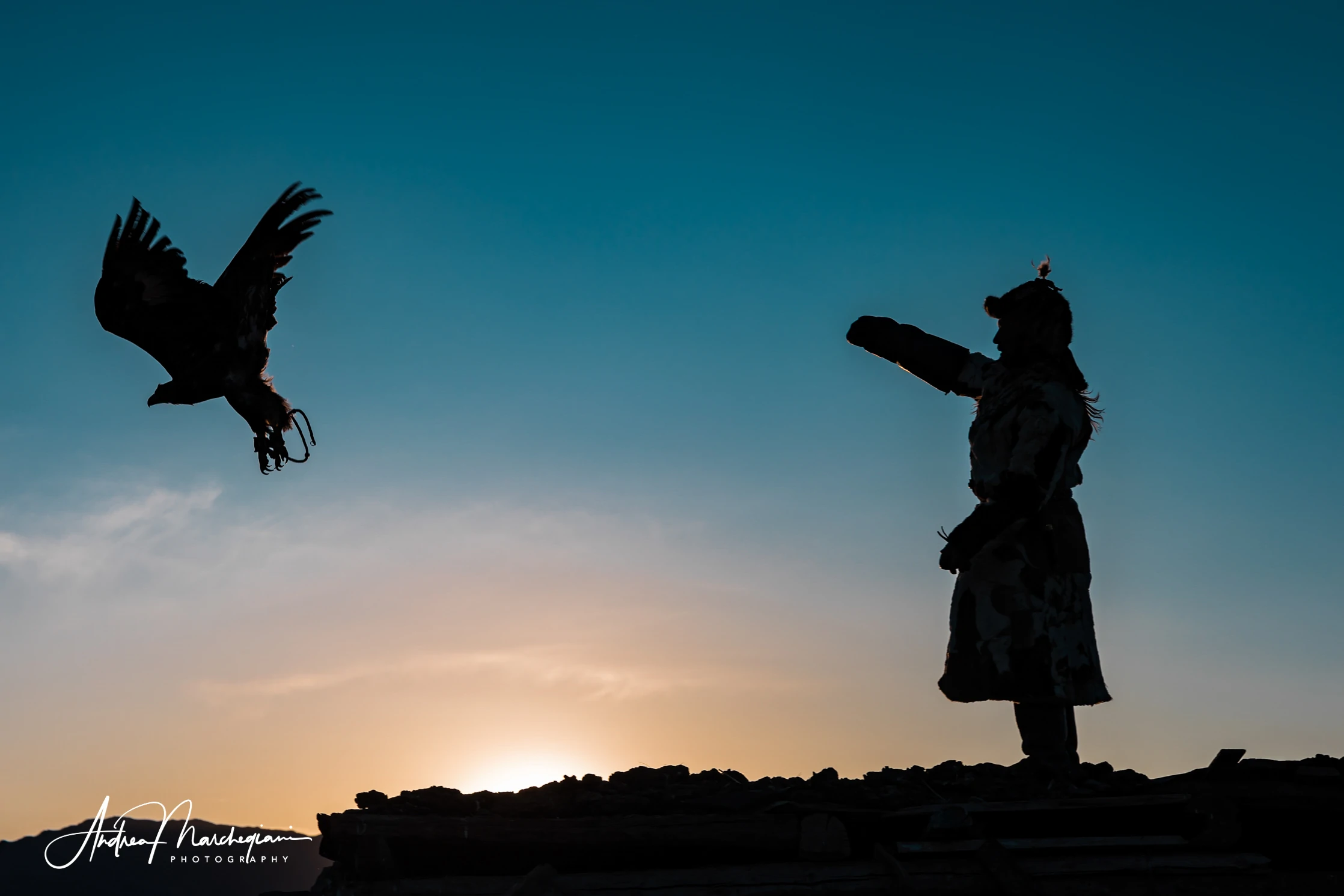
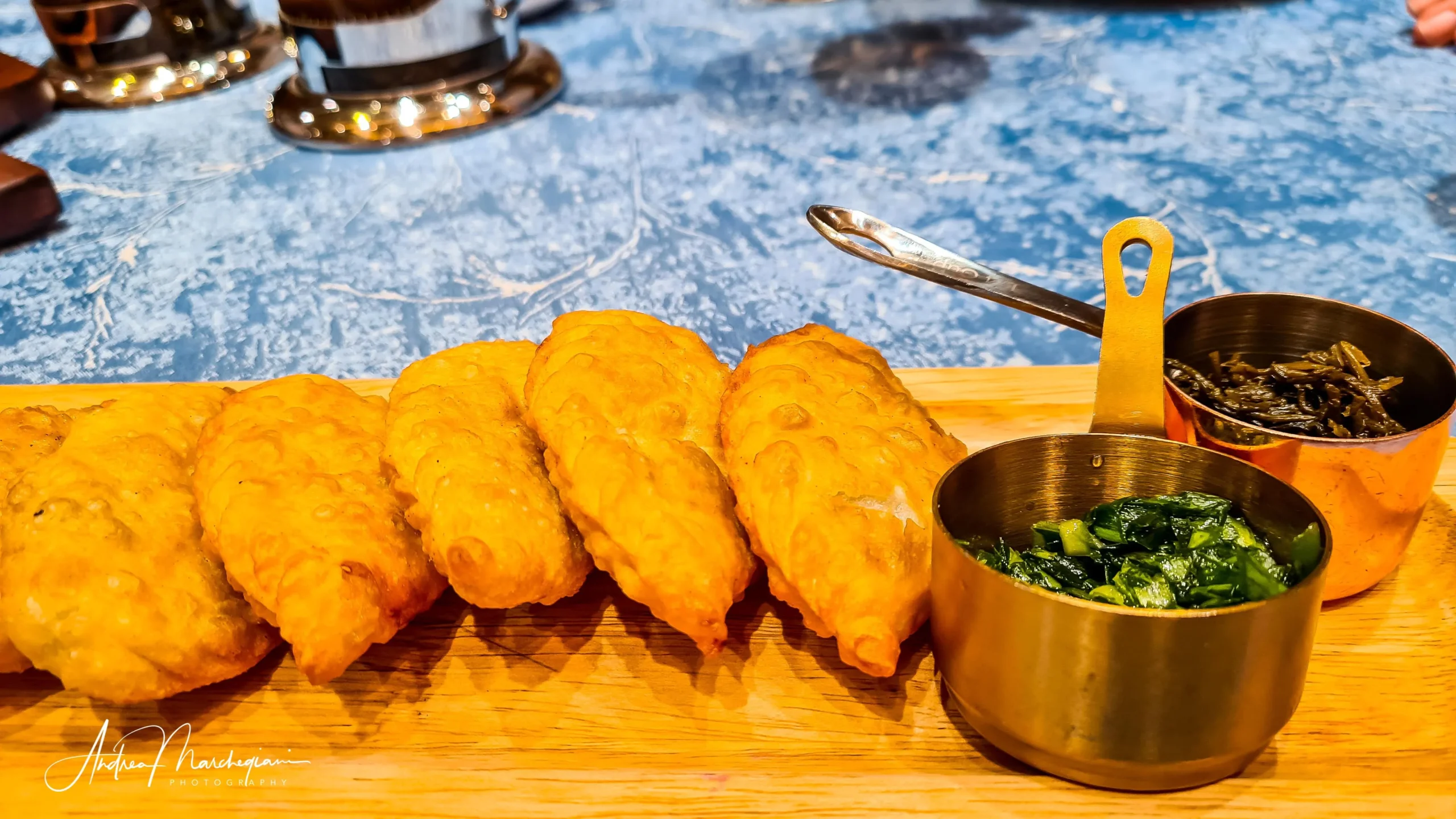
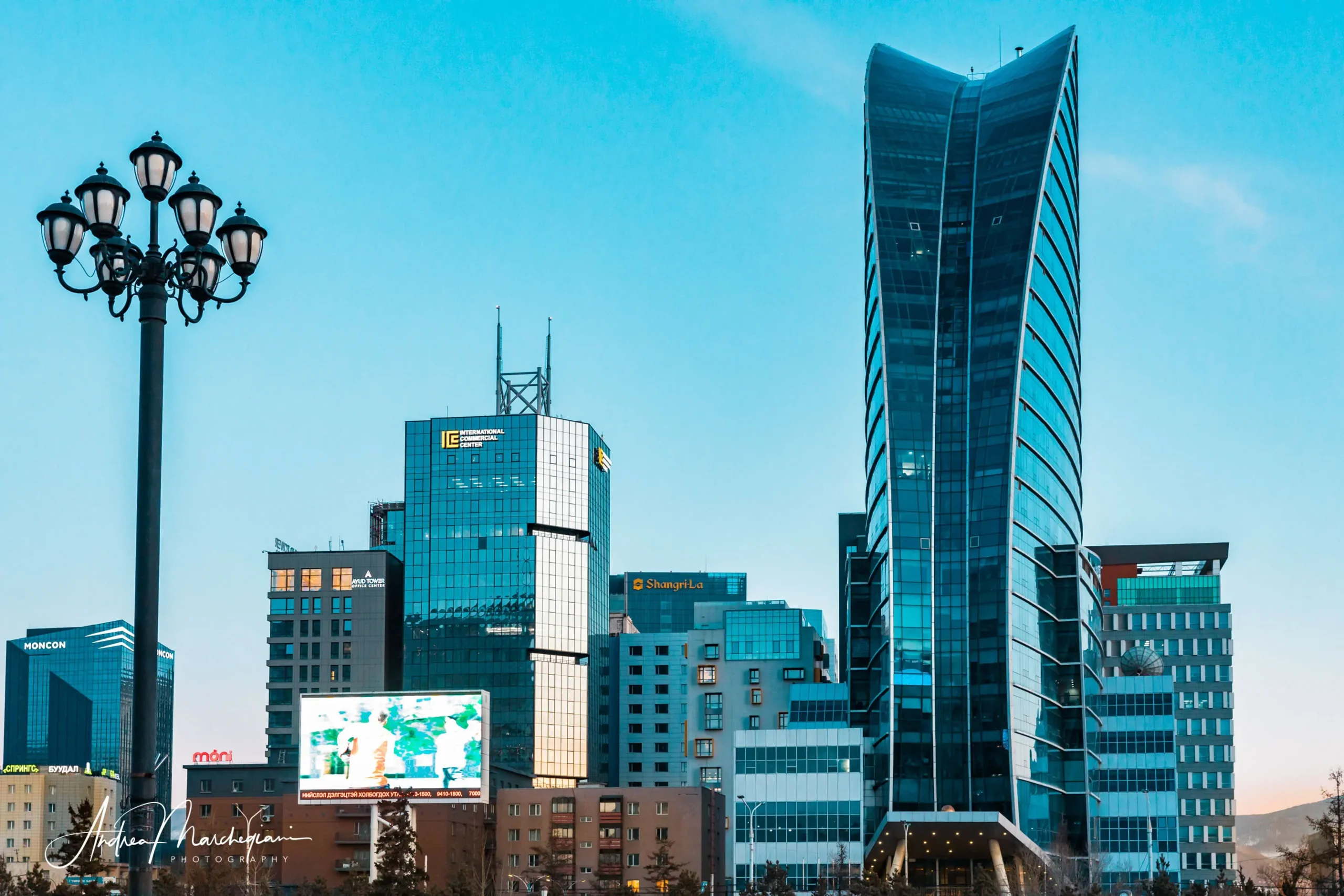











10 Comments
Is this really your title?
So offensive and just… Mean. Talk about ugly. You should really rethink it.
The title is harsh, I know, but it is the same I found published on the most relevant newspapers when I was planning my trip to Mongolia. I kept it for my article so I could give my opinion as well. If you read about my experience, you will notice I did not find Ulaanbaatar ugly at all. On the contrary, I fell in love with it. My purpose is always to spread love and understanding about different places and cultures.